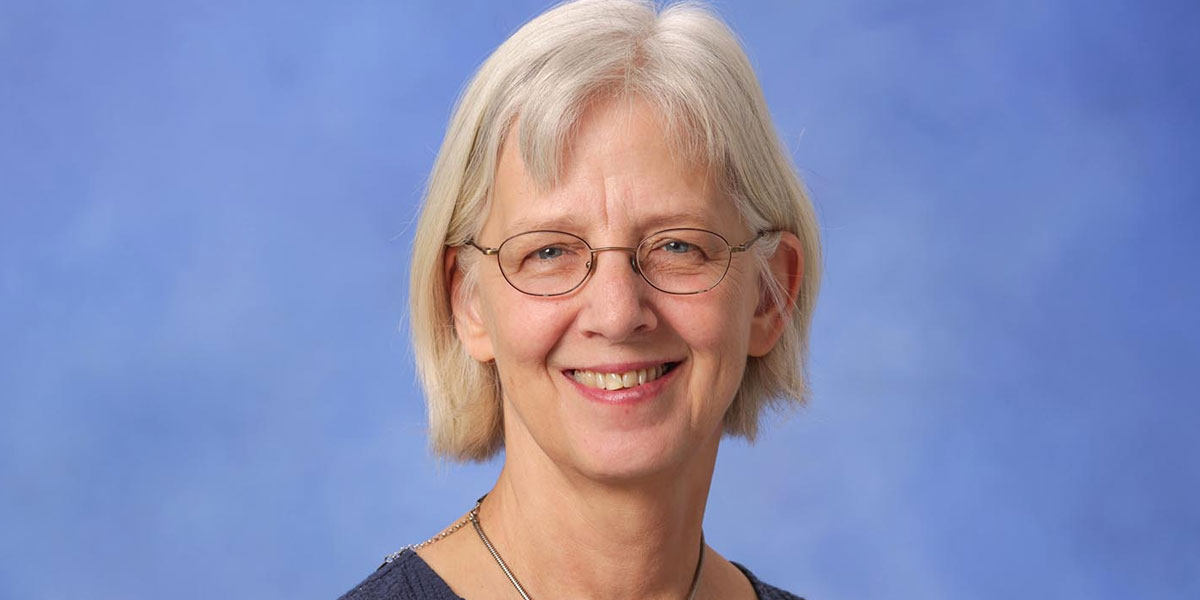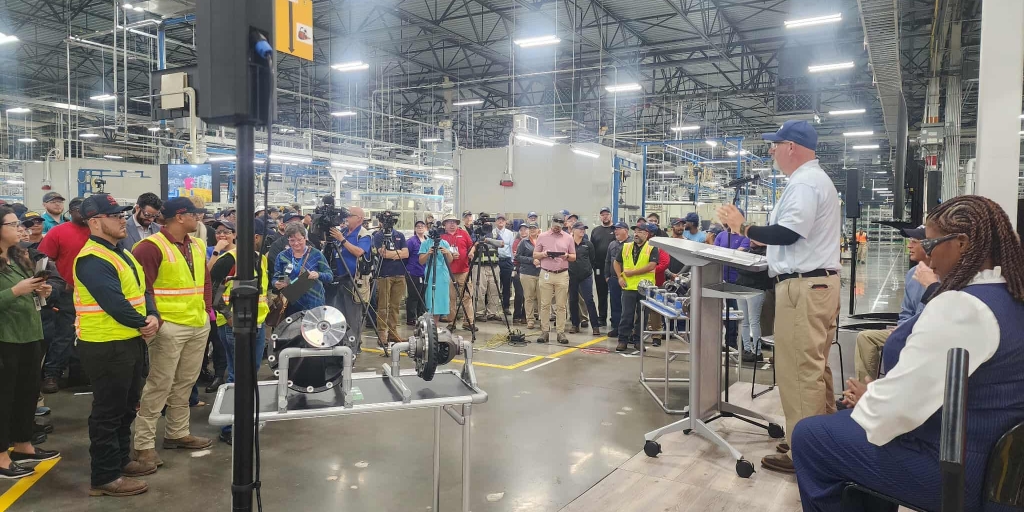A two-year, $603,000 grant to The University of Alabama in Huntsville (UAH) from the Alabama Research and Development Enhancement Fund will enable UAH and partner Calhoun Community College (CCC) to help Alabama transition from a low labor cost manufacturing state to a leader in the research and development of next generation additive manufacturing (AM) sciences.
The program’s objectives are to expedite trans-disciplinarily, inter-disciplinarily and multi-disciplinarily training of Alabama students from a range of backgrounds to effectively enter the state’s industrial and government workforces.
The effort will be led by Dr. Judith Schneider, a professor of mechanical and aerospace engineering at UAH, a part of the University of Alabama System, and Nina Bullock, Technology Division chair and the program coordinator for design engineering/architectural/additive manufacturing technology at Calhoun’s Alabama Center for Additive Manufacturing Excellence.
Grant money will be used to expand the additive manufacturing laboratories at UAH and CCC for enhancing and expanding education and research capabilities.
“As additive manufacturing is a new disruptive technology, we are still establishing standards and procedures for its most effective and successful implementation,” Dr. Schneider says.
“To accomplish this, a combined effort is required associated with science, engineering, safety, digital analytics, security and business disciplines to realize expeditiously the AM technology in the commercial world,” she says.
“This proposal will work toward workforce training to propel AM as an effective manufacturing method with successful implementation into industry and government applications in Alabama, by Alabama students.”
Enabled by partnership between community colleges, universities and industry partners, the workforce training program will address acute shortages of qualified workers. At a broader level, a bridge will be established for students to more effectively navigate from community college to a four-year engineering degree, with numerous off-ramps depending on the student’s interests.
Anticipated to begin at the start of the spring semester, the program will develop basic educational and employment pathways for students to obtain the skills needed by industry. An entry-level certificate that will be offered at CCC serves the widest group of potential employees, drawing on high school graduates as well as current workforce members.
“These certificates grant them an entrance into the AM workforce, where some will proceed to earn an associate degree,” Dr. Schneider says. Then, based on interests, a student may choose to continue toward a bachelor’s or graduate degree in a chosen field.
(Courtesy of UAH)













